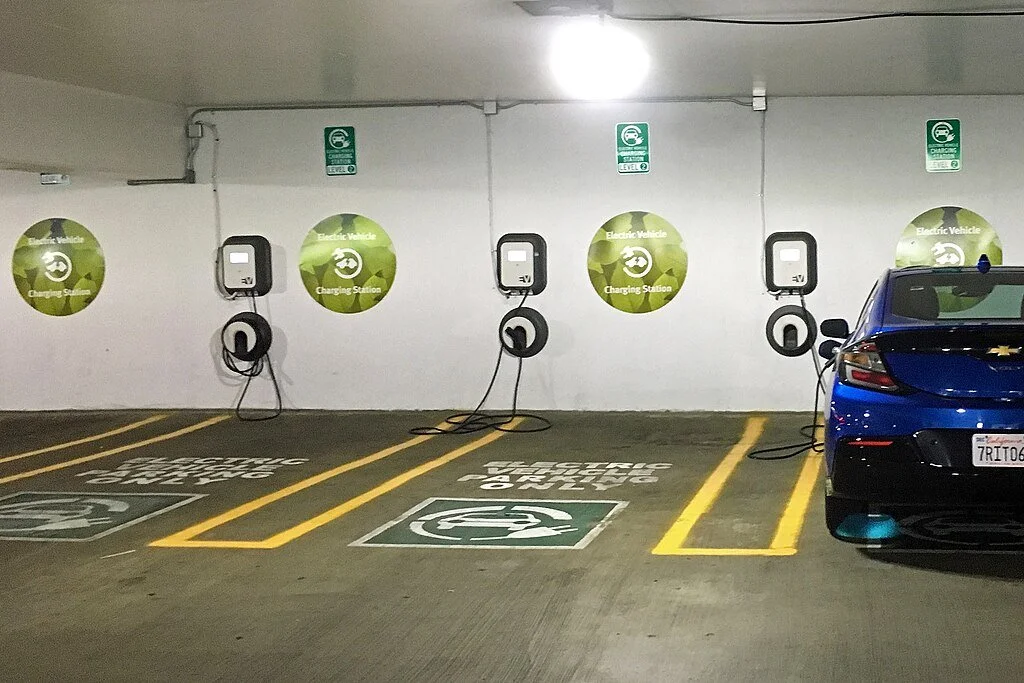Scaling the EV Charging Network with Smart Technology
As electric vehicles (EVs) become increasingly prevalent in the United States, the need for a larger charging infrastructure has never been more urgent. However, successfully scaling the current EV network requires a more robust and streamlined software solution that instills consumer confidence.
A recent Gallop poll found that while the number of EV owners is climbing, fewer non-owners are interested in ever buying one. One potential reason is people’s low confidence in the availability and reliability of public EV chargers.
The Issue of EV Charging Reliability
Currently, there is widespread government support geared toward solving the issue of EV charger availability. Texas, for example, is making significant strides in implementing charging stations every 50 miles across the state.
However, the prevalence of charging stations is just one piece of the puzzle. A recent study by JD Power revealed a staggering 20% failure rate among public charging stations. An outlier here is Tesla’s Superchargers, which only serviced Tesla vehicles until recently. But visitors of the 50,000 non-Telsa charging stations face a myriad of challenges, including station connectivity, internal station faults, charging connector failures, and slow charging speeds.
Level 2 EV charging stations at Fashion Centre at Pentagon City, Arlington, Virginia. Photo by Mariordo.
Altogether, these issues present a significant roadblock to EV charging network expansion — one that can only be solved through advanced and collaborative software solutions.
How Digital Twins Can Improve Reliability and Help Scale the EV Charging Network
In the quest to solve these challenges, the concept of digital twins emerges as a potential EV charging software solution. By implementing software that hosts virtual replicas of charging stations, portals, and power sources, companies can address the underpinnings of charging challenges.
For example:
Advanced technology integrations allow for seamless data collection and interaction across locations, devices, and resources without vendor lock-in.
Real-time monitoring and analysis reveal insights into EV charger health and operations, allowing for improved and informed decision making.
Remote monitoring and control helps identify and solve charging or component issues more efficiently.
Predictive maintenance prolongs the life and performance of charging portals and power sources while also reducing downtime.
AI and machine learning offers simulation capabilities to optimize performance and improve reliability of EV chargers.
Ultimately, the future of EV hinges on EV charging companies’ ability to build to scale. Therefore, companies must explore software solutions that provide a real-time view and analysis of all charging assets and operations. With digital twin technology, EV companies will gain advanced data access that can drive decision making toward a more reliable and resilient future.
Without innovative software solutions and strategic planning, problems with EV charging will persist. As the electric revolution accelerates, the stakes have never been higher for the companies powering the EV charging networks.

